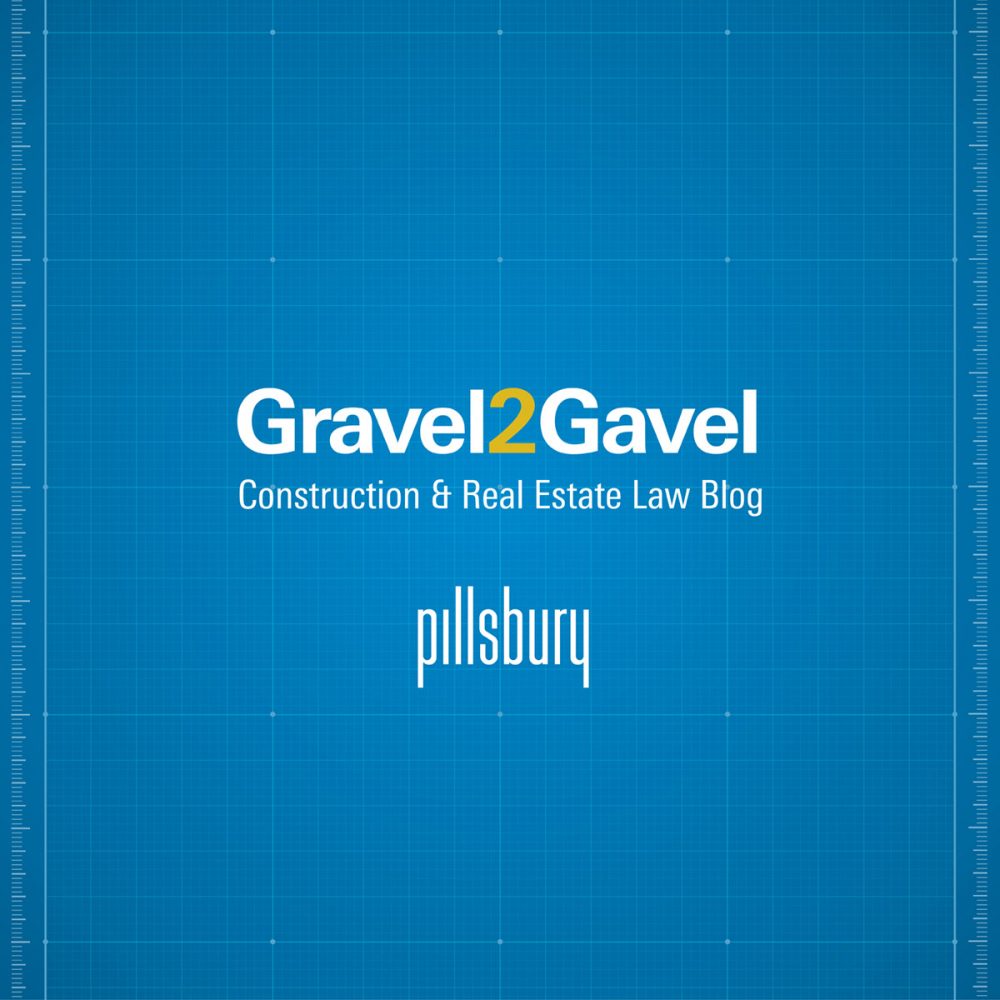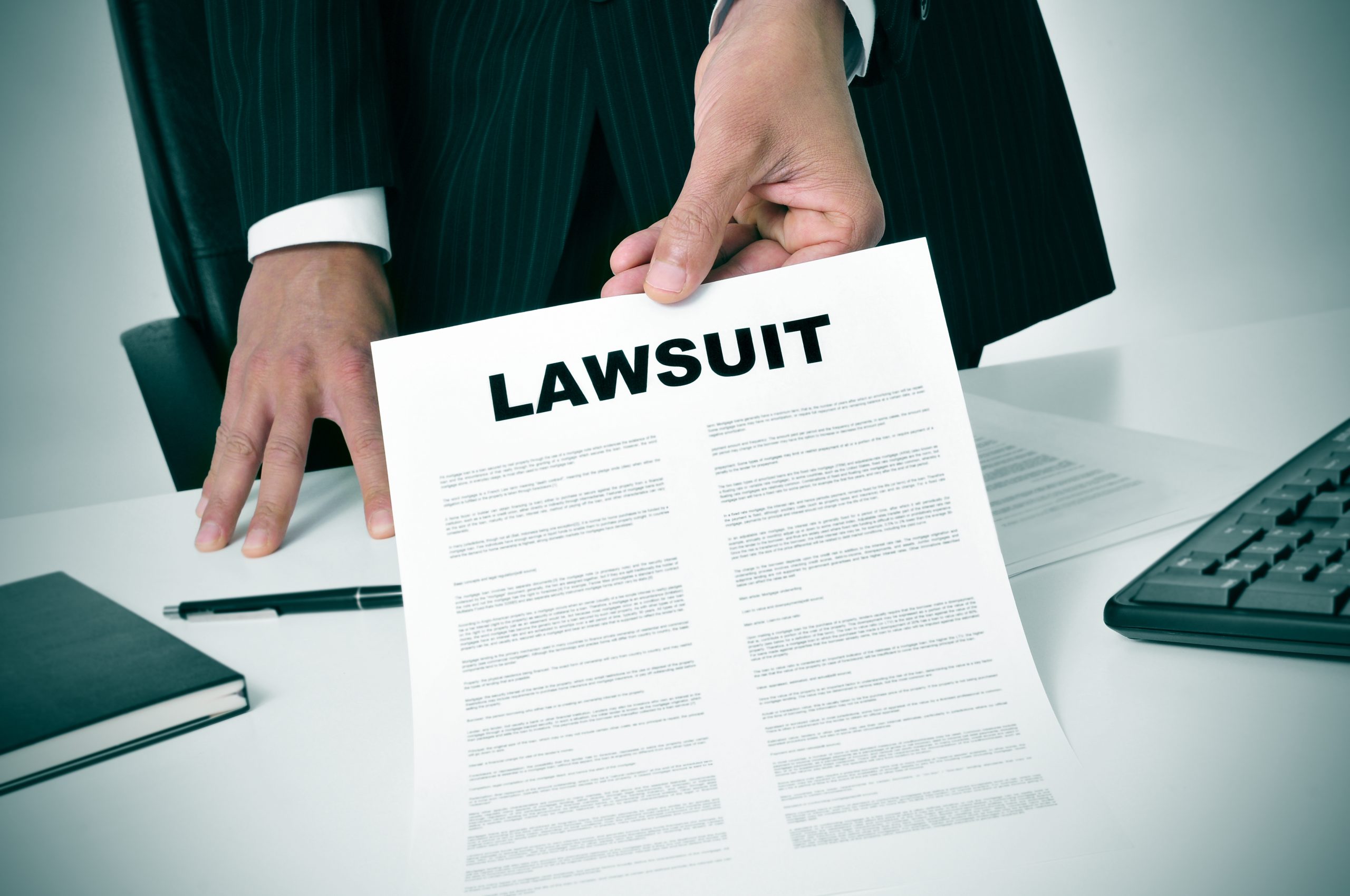Purdue Pharma L.P. v. Accord Healthcare, Inc. | Robins Kaplan LLP
OxyContin(r) (oxycodone HCl)
Case Name: Purdue Pharma L.P. v. Accord Healthcare, Inc., No. 2023-1953 (Fed. Cir. ), 2024 WL 52444764 Cir. Cir. (Appellation from D. Del., Andrews, J. )
Drug product and patent(s)-in suit: OxyContin (r) (oxycodone HCL); U.S. Patents Nos. Patents Nos. Patents Nos. 9,073,933 (“the ‘933 patent”) and 9,522,919 (“the ‘919 patent”) (collectively, “the low-ABUK patents”)
Nature of the Case and Issue(s) Presented: Oxycodone was first developed in the 1910s. Purdue developed a formulation with an extended release that was approved by the FDA back in 1995. Oxycodone became one of the most commonly abused prescription drugs. Its creation resulted 14-hydroxy, an ABUK, which is a “potentially genotoxic” (i.e. carcinogenic) impureity. The abuse-deterrent claims claim a crushing-resistant formulation of oxycodone in order to minimize some of more common ways of abusing OxyContin. The curing method described in these patents involves four steps: (i), the tablet must have a “compression shape”; (ii), the tablet must air-cure by heated air, but without compression; (iii), the heating process must last between 10 minutes and 10 hours; (iv), the heating process must take place above the softening temperatures of polyethylene oxide (PEO), and at approximately 70-85degC or 65-90degC. Purdue claimed that this was The low-ABUK claims a formulation and a process for reducing 14-hydroxy in order to reduce toxicity. These patents describe a three-step synthesis process: (i). oxidation to 14-hydroxy of thebaine; (ii). hydrogenation to oxycodone from 14-hydroxy. (iii). addition of hydrochloric to form salt. During the third stage of the process, the drug would reform along with an impurity known as 8a. The low-ABUK Patents explain that under acidic conditions such as salt formation 8a is converted into 14-hydroxy, which explains the residual 14-hydroxy in the third manufacturing stage. The low-ABUK Patents cite minimizing the 14-hydroxy and removing the 8a.
In 2010 Purdue developed a new OxyContin formulation, and FDA approved it. Accord filed a ANDA referencing the formulation, which included paragraph IV certifications of the patents in suit. Purdue sued Accord and Accord stipulated infringement. The district court held an initial bench trial of three days in September 2021, focusing on the single issue of invalidity. All claims were found to be invalid as obvious. Purdue appealed, and the Federal Circuit upheld.
Why accord prevailed: The patents that deter abuse. Purdue argued the district court erred by (i) finding that a motivation for combining with a reasonable expectations of success, and (ii), dismissing Purdue’s arguments relating to secondary considerations. The Federal Circuit found the district court relied upon multiple factual findings which all supported its conclusion. It would have been obvious for ovens to be used to heat tablets. The evidence included Accord’s expert testimony, the prior-art itself, and the fact plaintiffs’ witnesses didn’t provide any testimony to that effect. Prior art taught the making of hardened tablets including PEO anti abuse tablets by compression and heating. The Federal Circuit found that the district court did not make a clear error when it determined that Purdue had failed to prove commercial viability due to the claimed invention features. Expert testimony confirmed that all sales were transferred to the new formula, and that there was no increase in OxyContin’s success relative to other opioids after the patented features had been introduced. In terms of industry skepticism about the invention, any FDA skepticism would have been about the application of the abuse-deterrent labels, not the creation (even on a large scale) and utility the claimed product. Regarding failure of others, the district court, again, found that Purdue had not established a nexus between the alleged secondary consideration and the claimed invention.
The low-ABUK patents. Purdue argued the low-ABUK Patents were not obvious, because Purdue discovered a previously unknown problem: 14-hydroxy reappeared during the synthesis oxycodone after it was removed. It also discovered the source of this problem, 8a impurity. Purdue’s argument was a failure because the problem had been known. Purdue did not dispute that 8a existed in prior art compositions, which led the Federal Circuit to conclude that claim 3 of the ’933 patent was obvious. Other asserted claim limitations requiring a specific ratio of 8a to oxycodone or removing 8a were also found to be obvious based on a sequence of facts showing that a skilled artisan would achieve such results via routine experimentation.






